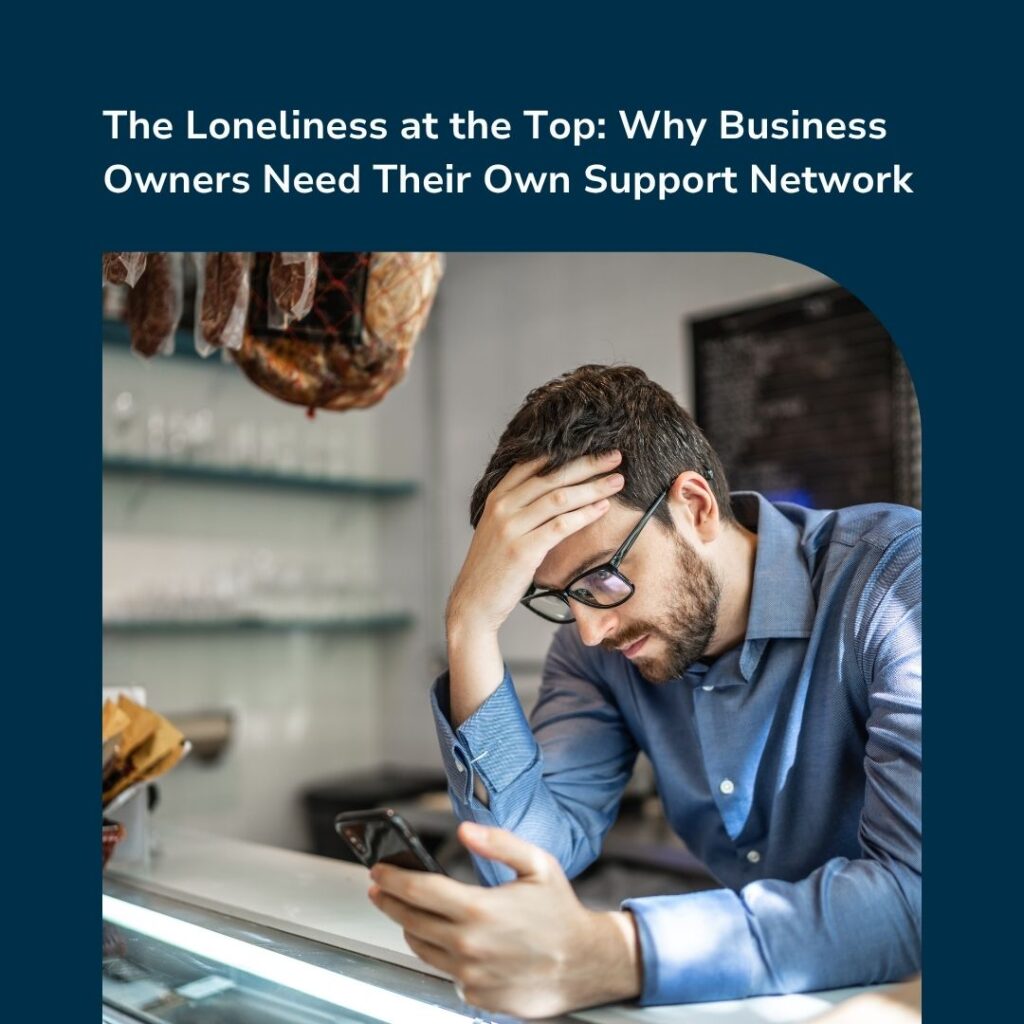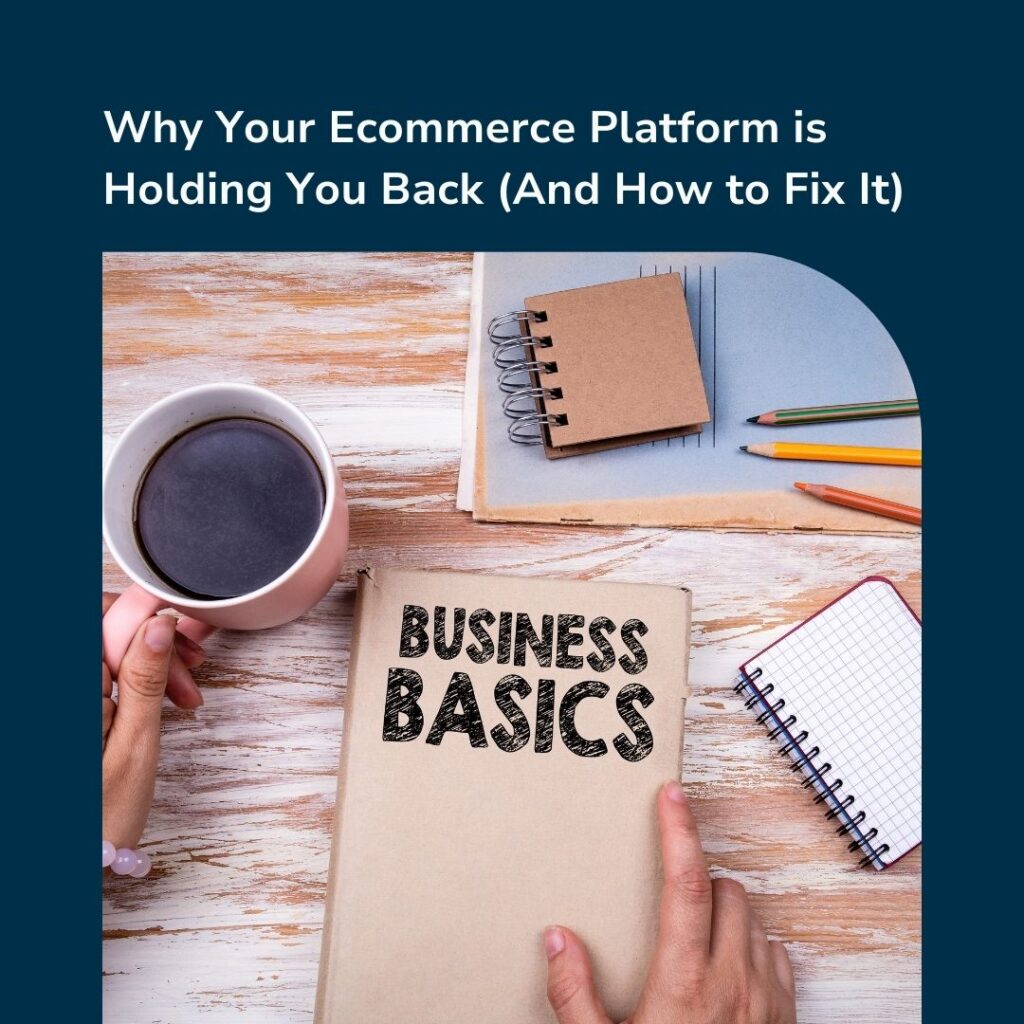In the modern hyper-connected world, businesses are constantly seeking innovative strategies to fuel growth and gain a competitive edge. One such strategy that has gained immense prominence in recent years is leveraging network effects.
Network effects occur when the value of a product or service increases as more people use it. This concept has powered the success of some of the world’s most influential companies, such as Facebook, Airbnb, and Uber.
In this feature, we will explore the significance of network effects, its various forms, and how businesses can harness their potential to drive exponential growth.
Understanding Network Effects
Network effects, also known as demand-side economies of scale, occur when the value of a product or service grows with the number of users. Essentially, the more people who use a particular product or service, the more valuable it becomes to each user. This phenomenon can manifest in several forms:
1. Direct Network Effects
Direct network effects are the most straightforward form. They occur when the increase in the number of users directly benefits existing users. Social media platforms, like Facebook and LinkedIn, exemplify this concept.
As more people join these platforms, users gain more connections, and the value of the platform for each user increases. This encourages more people to join, creating a self-perpetuating cycle.
2. Indirect Network Effects
Indirect network effects take place when the value of a product or service increases for one group of users as the number of users in a complementary group grows.
An example of this would be the value of a gaming console (product) for gamers (users) increases as the number of game developers (complementary group) creating games for that console rises. This, in turn, attracts more gamers to the platform.
3. Two-Sided Network Effects
Two-sided network effects are a combination of direct and indirect network effects. They involve two distinct user groups, and the value of the product or service increases with the growth of both groups.
Credit card companies benefit from this type of network effect. As more merchants accept a specific credit card (one user group), it becomes more appealing to consumers (the other user group), and vice versa. This dynamic encourages the growth of both merchant and consumer sides of the network.
Leveraging Network Effects for Business Growth
Now that we have a solid understanding of network effects, let’s explore how businesses can leverage them to drive growth.
1. Focus on User Experience
A seamless and enjoyable user experience is essential for attracting and retaining users. Businesses should invest in user-friendly interfaces, responsive customer support, and constant improvement based on user feedback.
A positive user experience encourages users to invite others, facilitating network effects. For example, ride-sharing platforms like Uber prioritise convenience and safety, making users more likely to recommend the service to their friends.
2. Rapid Expansion Strategies
To kickstart network effects, businesses can adopt rapid expansion strategies. This involves targeting specific markets or user segments and aggressively expanding their presence. Uber’s approach of entering multiple cities quickly is a prime example.
By being available in more places, Uber attracted both riders and drivers, creating a powerful network effect. Similarly, Airbnb rapidly expanded its offerings to cover a wide range of accommodation types, increasing its appeal to travellers.
3. Encourage User Interaction
Facilitate user interactions and engagement within your platform. Features such as user reviews, recommendations, and social sharing can enhance the value of your product or service, encouraging more users to participate and inviting their network to join.
For instance, social networks like Instagram and Twitter encourage users to share content, creating a sense of community and increasing the network’s overall value.
4. Foster Ecosystem Partnerships
Collaborate with complementary businesses to create a thriving ecosystem. This can significantly enhance indirect network effects. For instance, app stores, like Apple’s App Store and Google Play, benefit from partnerships with app developers. As the number of apps grows, more users are drawn to the ecosystem.
Similarly, e-commerce platforms like Shopify thrive by supporting third-party developers who create plugins and themes, expanding the platform’s capabilities and attracting more online retailers and customers.
5. Incentivise Referrals
Implement referral programs that reward users for inviting others to join. Dropbox famously used this strategy by offering additional storage space to users who referred new customers. This not only boosted their user base but also lowered customer acquisition costs.
Furthermore, Tesla‘s referral program, which rewards customers for referring new car buyers, has also contributed to the electric car manufacturer’s growth.
Case Studies: Successful Network Effects
Let’s take a look at some real-world examples of businesses that have harnessed network effects to achieve remarkable growth.
1. Facebook
Facebook’s direct network effects are a textbook example. Initially launched for Harvard students, it expanded to other universities and eventually to the general public.
As more people joined, the platform’s value increased for existing users, leading to its current status as a global social media giant with over 2.8 billion monthly active users.

2. Airbnb
Airbnb thrives on two-sided network effects. As more hosts list their properties (one user group), it becomes more attractive to travellers (the other user group).
Therefore, the platform’s exponential growth can be attributed to its ability to balance the needs of both groups and create a thriving ecosystem.
What’s more, Airbnb’s hosts benefit from a steady stream of guests, and travellers have a wide selection of unique accommodations to choose from.

3. Amazon
Amazon exhibits indirect network effects by attracting more third-party sellers as it gains more customers and vice versa. As Amazon’s customer base grew, it became an increasingly attractive marketplace for sellers. This self-reinforcing cycle has made Amazon one of the world’s largest online retailers.
Additionally, Amazon Prime, a subscription service offering free shipping and streaming content, further enhances the value for customers, making them more likely to shop on the platform.

Conclusion
Leveraging network effects is a potent strategy for business growth in the digital era. Whether through direct, indirect, or two-sided network effects, companies can harness the power of increasing user value to drive exponential expansion.
Additionally, by focusing on user experience, rapid expansion, user interaction, ecosystem partnerships, and referral programs, businesses can unlock the full potential of network effects and establish themselves as industry leaders.
Furthermore, as the world becomes more interconnected, understanding and capitalising on network effects will continue to be a vital component of long-term success in the business landscape.
Finally, embracing network effects can help businesses not only survive but thrive in an increasingly competitive global market. By continually innovating and nurturing their networks, companies can build lasting value for both themselves and their users, creating a win-win scenario that propels them to new heights of growth and success.








